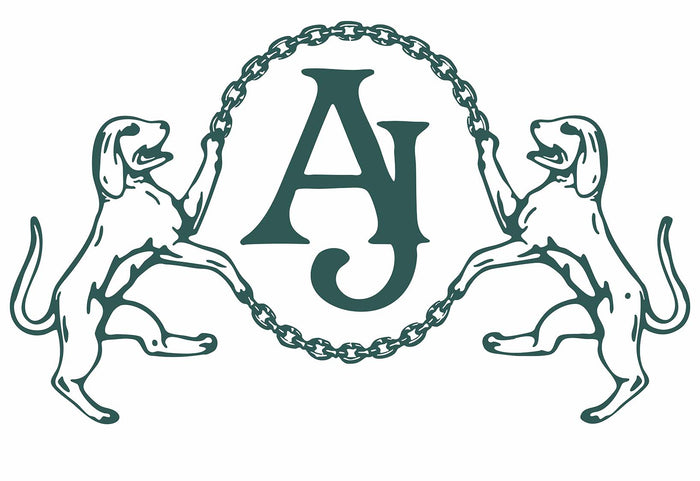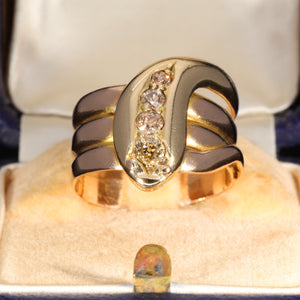Victorian jewellery, created between 1837 and 1901 during the reign of Queen Victoria, is known for its rich symbolism, romantic themes, and exquisite craftsmanship. But how can you tell if a piece is truly from the Victorian era? This guide explores the key characteristics that can help identify authentic Victorian jewellery, especially rings, and how it differs from other antique and vintage styles.
1. Design Motifs and Symbolism
Victorian jewellery is steeped in emotion and meaning. Common motifs include hearts, bows, snakes (symbolising eternal love), and clasped hands. Floral and nature-inspired designs were particularly popular, especially in the earlier Romantic period of the era. Later on, during the Mourning period following Prince Albert’s death, sombre motifs such as urns, weeping willows and forget-me-nots became more widespread.
2. Gemstones and Materials
Victorian rings often featured garnets, turquoise, seed pearls, opals, and diamonds. Stones were frequently set in clusters or designed in sentimental arrangements like acrostic rings, where the first letter of each gem spelled a word (e.g., "DEAREST"). Foiled backings to enhance the brilliance and colour of gems were common in early Victorian pieces. Gold was the predominant metal, typically 9ct, 15ct, or 18ct, and the use of rolled gold or pinchbeck may also be seen in less expensive jewellery.
3. Hallmarks and Construction
Check for British hallmarks, which can give you clues about the age, origin, and metal content. Victorian jewellery often features detailed hand-carving and settings. Be aware of closed-back settings, a hallmark of earlier pieces. Claw settings and high shoulders became more prevalent in later years. Construction methods such as hand-soldering and engraved detailing can also point to a Victorian origin.
4. Ring Shapes and Styles
Victorian rings often feature elongated shapes, three-stone arrangements, or navette silhouettes. Snake rings were particularly fashionable in the mid-Victorian era, symbolising eternity. Mourning rings typically include black enamel or inscriptions, and may contain hair from a loved one behind a locket-style compartment.
5. Wear and Patina
True antique rings often show signs of their age—light wear, slight thinning on the band, or patina on the metal. These aren’t flaws but clues that the piece has been loved and worn for over a century.
6. Expert Verification
If in doubt, seek a reputable seller who specialises in antique and vintage rings. At Antique Jewellers, we thoroughly vet each piece for authenticity and provide full descriptions of period, materials and condition.
Explore our collection of genuine Victorian rings and other antique and vintage rings to find a piece of history you can wear every day.


